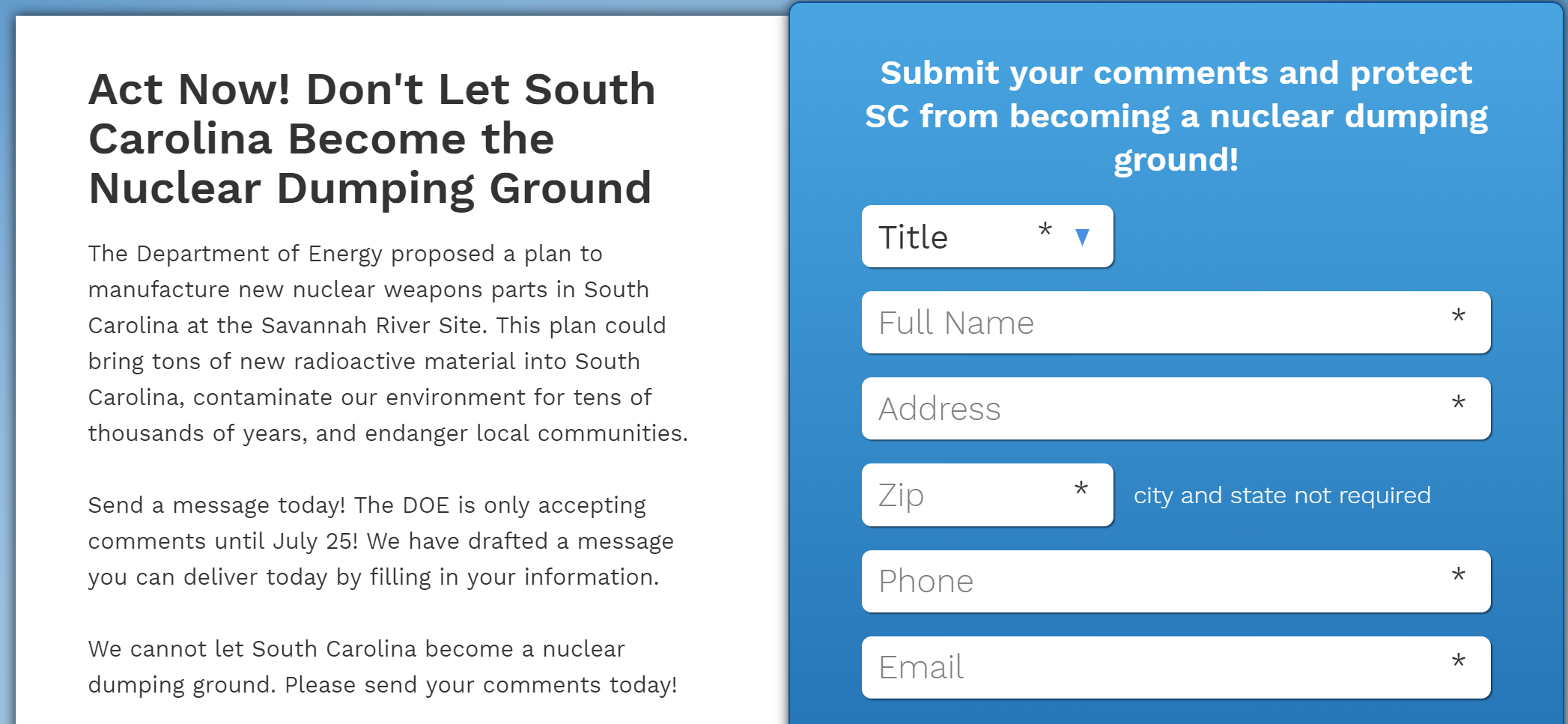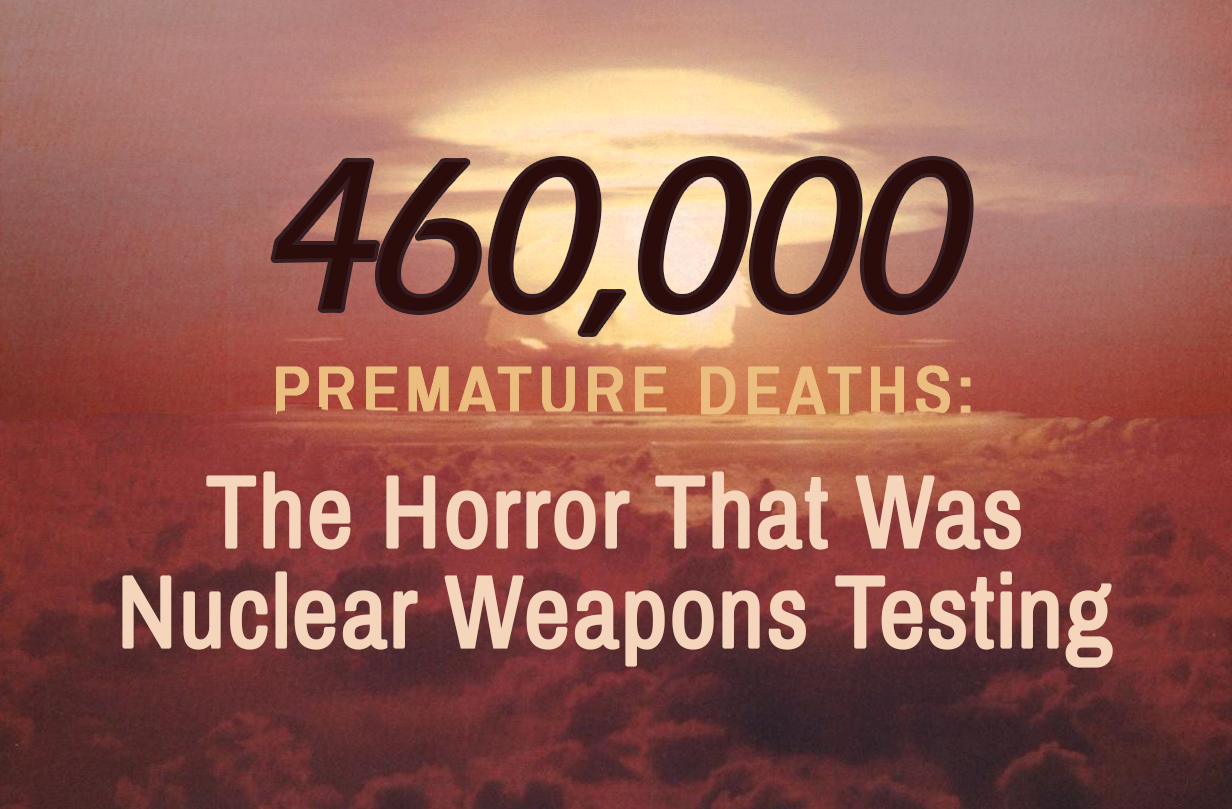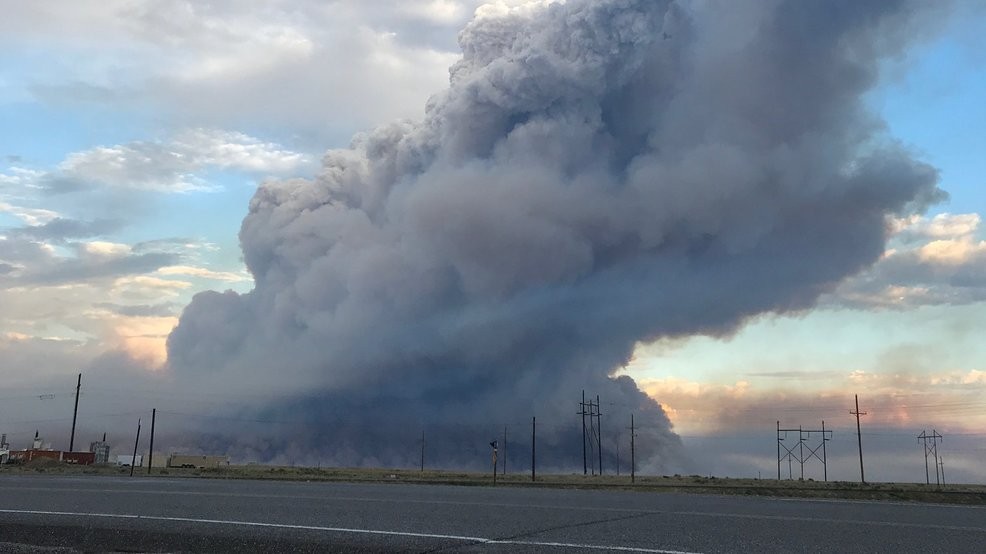2020
Nothing Found
It seems we can’t find what you’re looking for. Perhaps searching can help.
2019
As we mark the seventy-fourth anniversary of the Hiroshima and Nagasaki bombings in a handful of days, we will rightly remember the horrors of nuclear war.
BY ZACK BROWN & ALEX SPIRE
For a brief fraction of a second on an early March morning in 1954, the United States summoned a second sun into existence above Bikini Atoll.
As the four-mile wide fireball bathed the Pacific seascape in its angry, white-red light, onlookers recognized something nearly divine—and unquestionably ominous. “It was a religious experience, a personal view of the apocalypse or transfiguration,” said one observer. Another remembered feeling “like you stepped into a blast furnace,” even though he was over thirty miles away.
This was the Castle Bravo thermonuclear test, one of several dozen nuclear detonations the United States carried out in the Marshall Islands during the Cold War. At 15 million tons of TNT—one thousand times more powerful than the bomb that destroyed Hiroshima—it was the largest explosion ever set off by Americans.
Yukiya Amano, Head of the I.A.E.A. Nuclear Watchdog Group, Dies at 72
BY MEGAN SPECIA & DAVID E. SANGER | nytimes.com July 22, 2019
Yukiya Amano, a Japanese diplomat who played a central role in inspecting Iran’s compliance with the landmark 2015 nuclear deal as the head of the International Atomic Energy Agency in Vienna, has died, the organization announced on Monday. He was 72.
The agency, part of the United Nations, did not cite a cause of death or say when and where he died, but word had begun to spread last week that Mr. Amano had planned to step down from his position as director-general after nearly a decade because of an unspecified illness. He was two years into a third term as the agency’s leader.
His death left the agency leaderless at a critical moment: just as Iran is edging away from the nuclear agreement and beginning carefully calibrated violations of the limits on how much nuclear material it can produce, and at what level of purity.
Inside the Secret Campaign to Export U.S. Nuclear Tech to Saudi Arabia
Industry coalition’s push to win over the Trump administration is concerning officials on Capitol Hill who are fearful that it could threaten U.S. national security.
ERIN BANCO | thedailybeast.com
When President Donald Trump took the stage in the East Room of the White House earlier this month to give his first speech on the environment, nuclear energy executives and industry leaders held their breath. They exchanged text messages with fellow colleagues during the speech’s broadcast, wondering aloud to one another if Trump had taken the bait.
Since the fall of 2016, the executives have built an underground coalition along with academics, technology experts and well-connected politicos, including some lobbyists, to get the president and his administration to support—even promote—an American nuclear energy comeback. The industry has declined in recent years due mostly to the closing of critical nuclear infrastructure and plants. Between 2010 and 2018, only one new nuclear power plant came online in the United States.
Thank you to those who submitted comments in the NNSA’s EIS “scoping” for the proposed Plutonium Bomb Plant (PBP) at the Savannah River Site. The PBP remains unauthorized and unfunded.
“Despite requests by many, NNSA denied extending the comment period. Though the comment period ended on July 25, there is still time to submit late comments. (See Federal Register notice of June 10.)
Special thanks are due to the experts at Nuclear Watch New Mexico, Tri-Valley CAREs and the Oak Ridge Environmental Peace Alliance (OREPA) for submitting extensive comments pertaining to the question of “need” for new pits for new nuclear weapons.
It is of note that we enlisted groups that don’t traditionally work on nuclear weapons or DOE issues to engage the scoping process, including the South Carolina Chapter of the Sierra Club, Conservation Voters of South Carolina and the League of Women Voters of South Carolina. Plus, there were a flurry of individual comments in the last few days.
Comments included the lack of need for new pits for the W87-1-style warhead, the issue of pit reuse and the need for a “nuclear non-proliferation risk assessment” on the production of new pits for new nuclear weapons.
Sheep Fire Burns on Idaho National Laboratory Land

Listen and subscribe to Press the Button, a weekly podcast from Ploughshares Fund dedicated to nuclear policy and national security.
July 22 — This episode features Alex Wellerstein, historian of science at the Stevens Institute of Technology and creator of NUKEMAP – a website that allows you to simulate the effects of a nuclear weapons anywhere in the world. He talks in depth about the decision to drop the Bomb on Hiroshima and Nagasaki, on the effectiveness of nuclear deterrence, on the debate about the Bomb’s use after Trinity and much more.
Also featuring a guest appearance by WAND’s Caroline Dorminey.
Listen, Subscribe and Share on iTunes · Spotify · SoundCloud · Google Play
Also available on ploughshares.org/pressthebutton
2018
Nothing Found
It seems we can’t find what you’re looking for. Perhaps searching can help.
2017
Nothing Found
It seems we can’t find what you’re looking for. Perhaps searching can help.
2016
Nothing Found
It seems we can’t find what you’re looking for. Perhaps searching can help.
2015
Nothing Found
It seems we can’t find what you’re looking for. Perhaps searching can help.






